The Goa government has initiated a major step to regularise houses built before 1972 that are currently at risk of being classified as illegal or demolished. Through two circulars issued on Friday—one by the Revenue Department and the other by the Directorate of Panchayats, the state administration aims to provide legal recognition to over one lakh existing structures built prior to the cut-off year.
Chief Minister Pramod Sawant, announcing the decision, clarified that these circulars do not confer ownership rights over land, but are intended to legalise the physical structures and remove ambiguity around land use status. “We are making the houses legal. The revenue department will issue the sanad (conversion certificate), and the panchayat will grant legal status to the structures,” Sawant stated during a press briefing.
The chief minister also noted that these departmental circulars will obviate the need to pass a new bill in the state assembly. Interestingly, earlier the same day, both Sawant and Revenue Minister Atanasio Monserrate had stated in the legislative assembly that a bill would be introduced to regularise such houses.
According to the provisions outlined in the new circulars, residents whose houses were built before 1972 and appear on survey plans, but lack formal documents, may apply for a sanad through the deputy collector. Once this certificate is issued, it can be used for future purposes such as house renovation or new construction on the same plot, provided conditions under the circular are met.
The circular refers to the Goa Land Revenue Code, 1968, which exempts certain lands from conversion provisions. These exemptions apply to lands falling under settlement zones as per the Regional Plan or Outline Development Plan, if the survey records indicate the presence of a structure during the 1970–1972 period. The circular clarifies that such land parcels must not exceed 1,000 square metres in total area and that the existing structure should cover at least 25% of the total plot area.
However, government officials pointed out that despite this exemption, in many cases people were being asked to obtain a fresh sanad for reconstruction, leading to conflicting interpretations and confusion among departments.
“This has led to certain ambiguities and inconsistent interpretations across departments regarding the applicability of the conversion provisions,” the circular noted. The move now aims to harmonise administrative procedures across the Revenue Department and Panchayats, offering clarity to homeowners and local bodies alike.
The regularisation is expected to benefit a large number of Goan families, particularly in rural areas, where properties have historically remained undocumented or semi-formal. Many of these structures are visible in official survey records (Form I & XIV), but lacked formal legal backing, resulting in complications related to redevelopment, transfer, or inheritance.
Legal experts suggest that while the circulars bring relief to many homeowners, they do not resolve all tenure-related questions. Since the structure is regularised but the land title is not affected, further property transactions may still require title verification or ownership clarity, especially in the absence of sale deeds or gift deeds.
Opposition parties and village-level activists have welcomed the circulars cautiously, noting that implementation will require uniform interpretation by local revenue officials and panchayats. They have also called for safeguards to prevent misuse by those seeking to regularise post-1972 constructions by presenting falsified survey plans.
The state government has not yet announced a fixed deadline for applications under the new framework, but sources within the Revenue Department said that detailed implementation guidelines will be issued in the coming weeks.


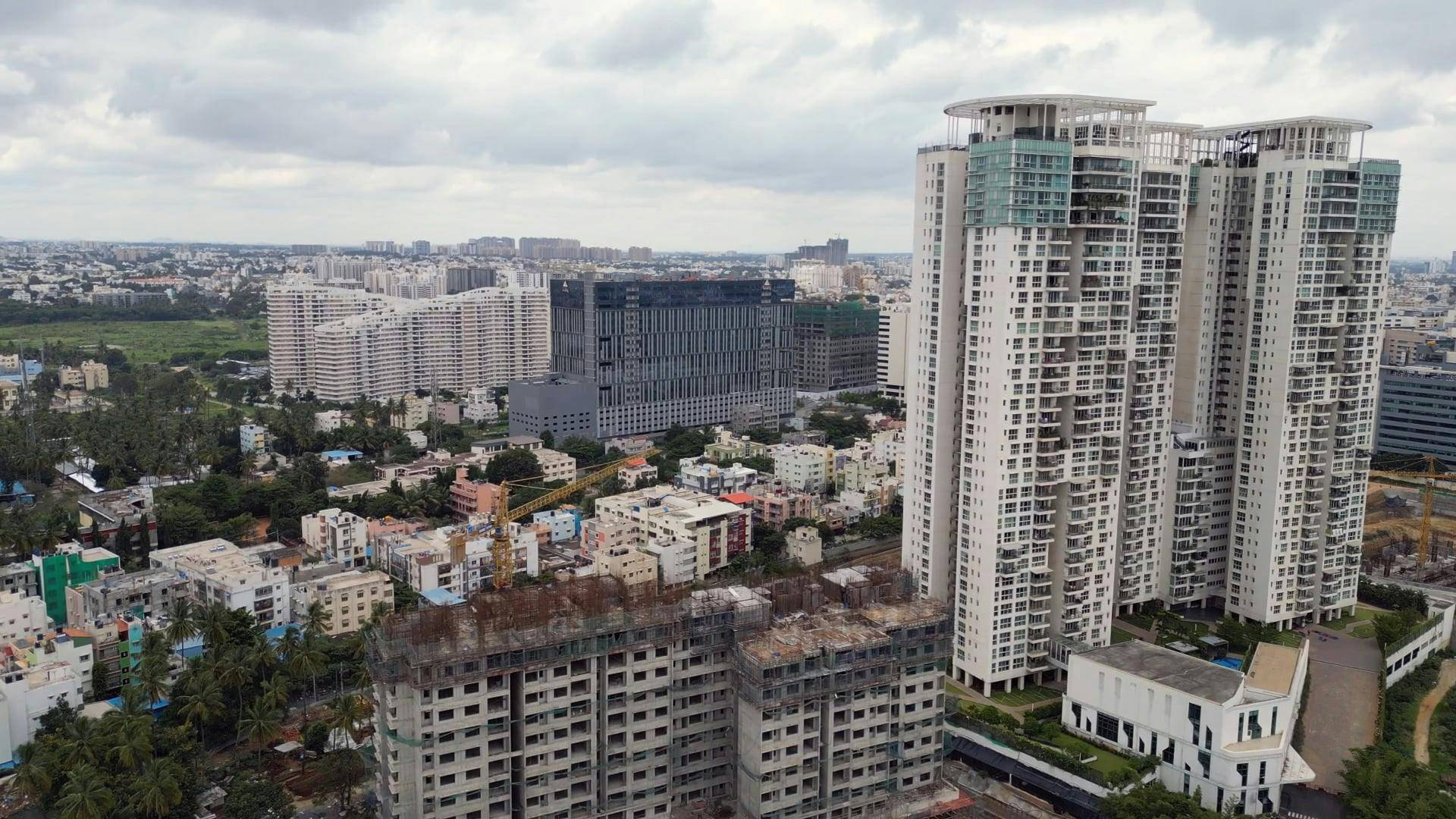


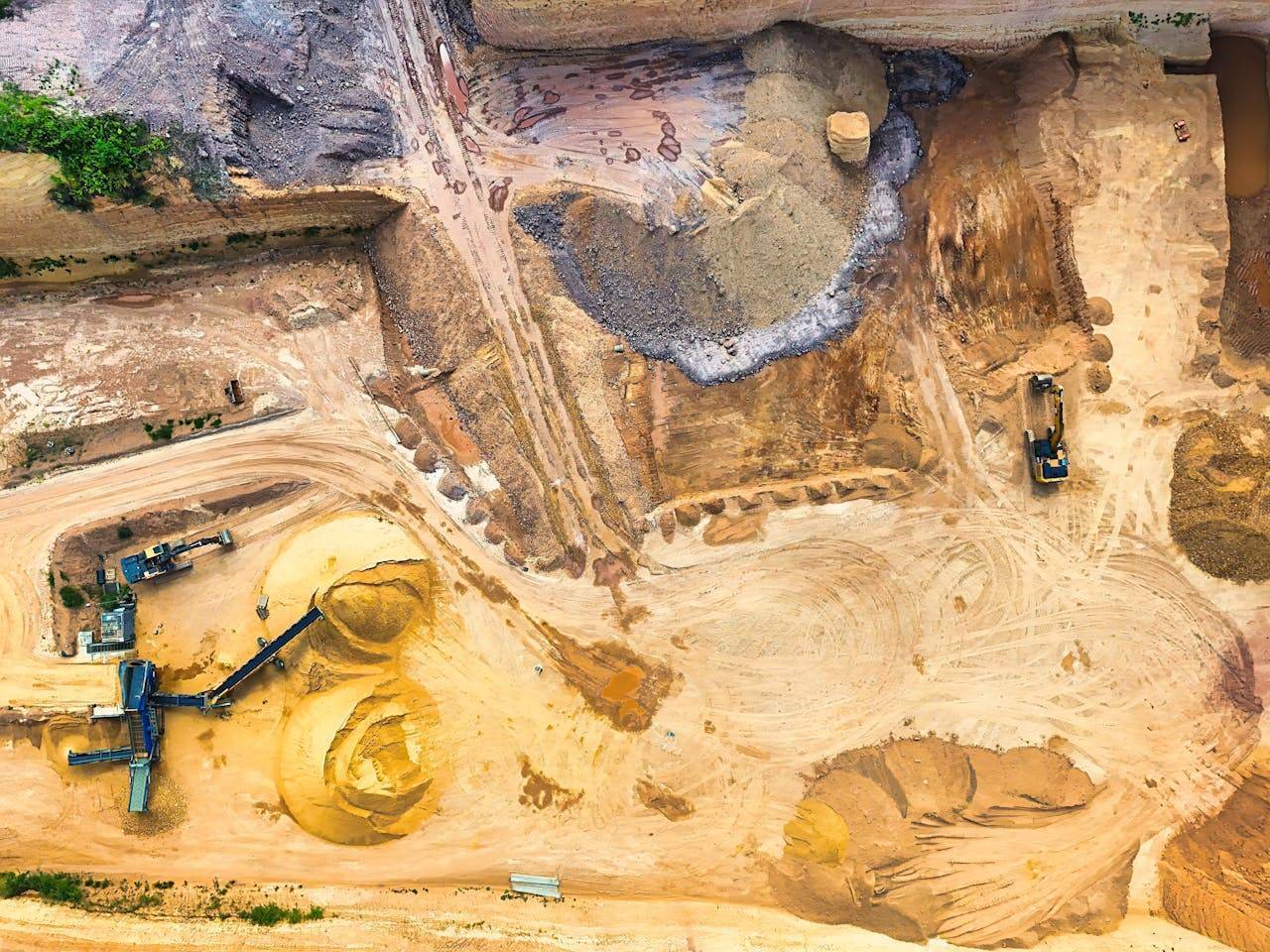
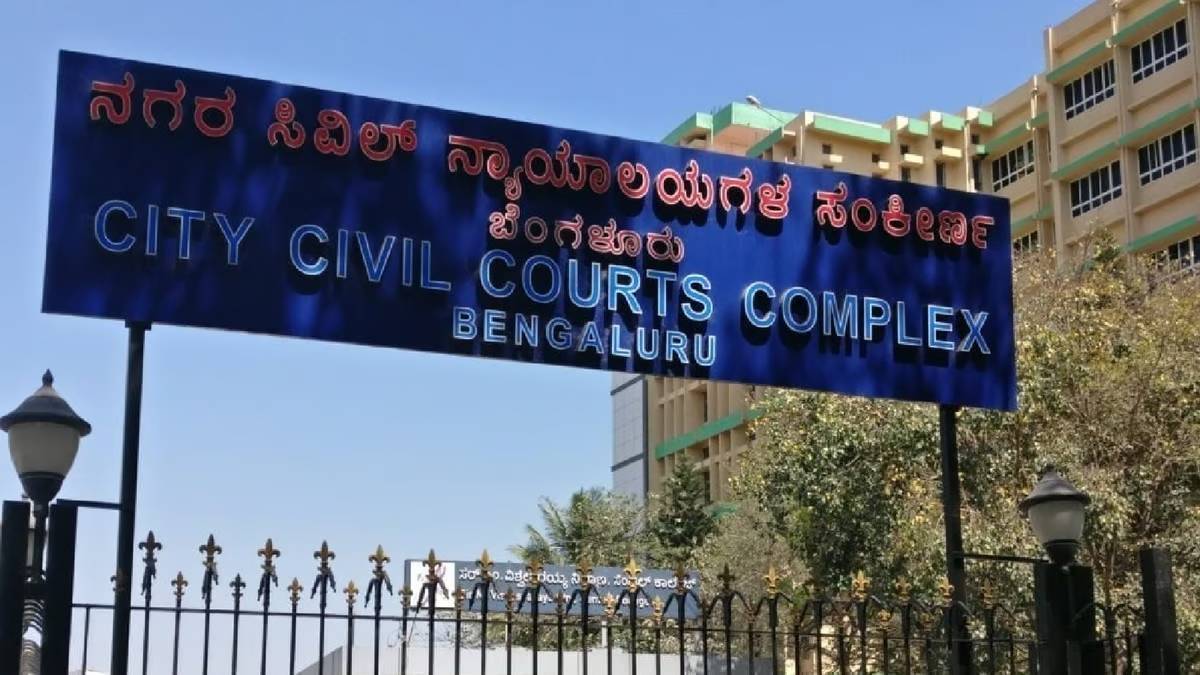
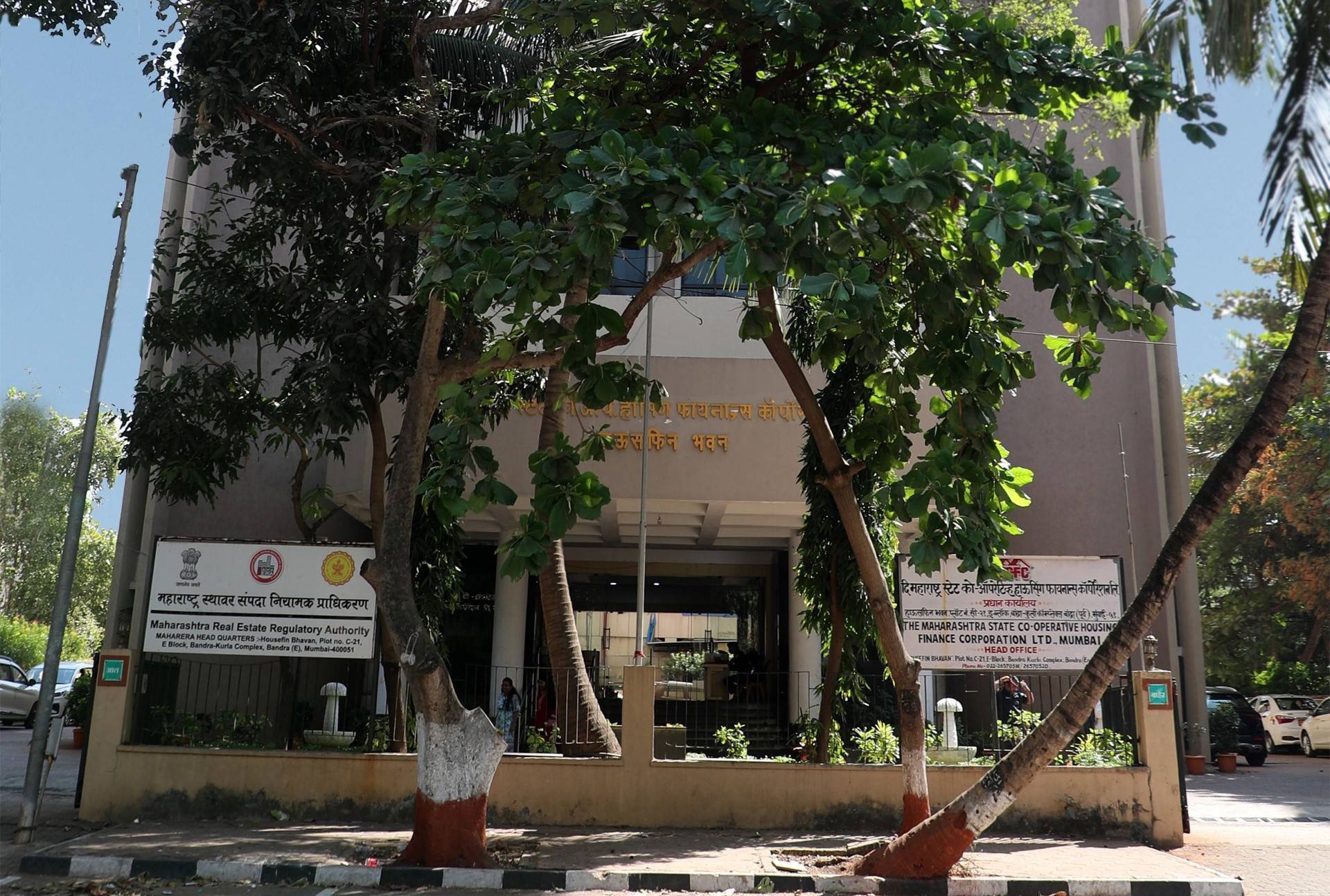
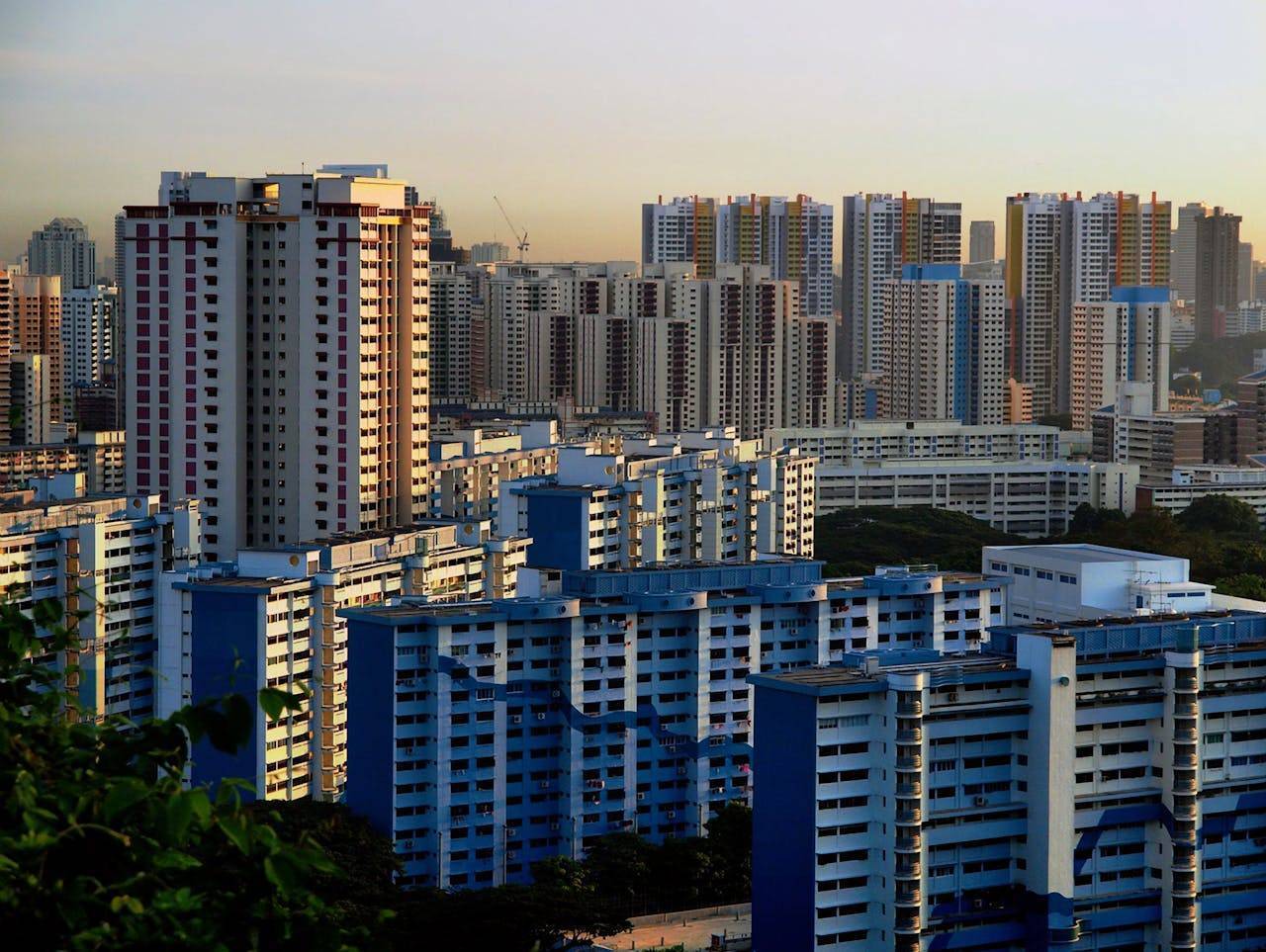
.png)